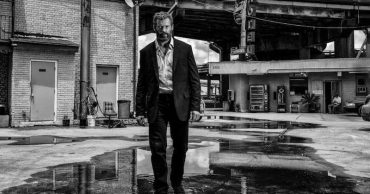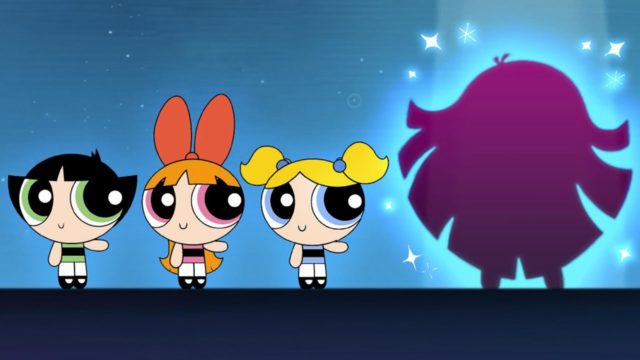
I grew up in the so-called Golden Age of Cartoon Network: an uncanny stretch from the mid-nineties to the early two thousands when the network was at its qualitative peak in terms of original programming and could seemingly do no wrong for those tuning in to watch everyday after school. Dexter’s Laboratory, Courage: The Cowardly Dog, Teen Titans and Samurai Jack were staple viewing in the Hadsell house during my formative years.
It was The Powerpuff Girls that proved to be an particular household favorite in those years, however. I loved — and, really, still do — superheroes in just about any form that I can take them, and the titular trio from the show were definitely a cut above the usual sort found on TV in those years.
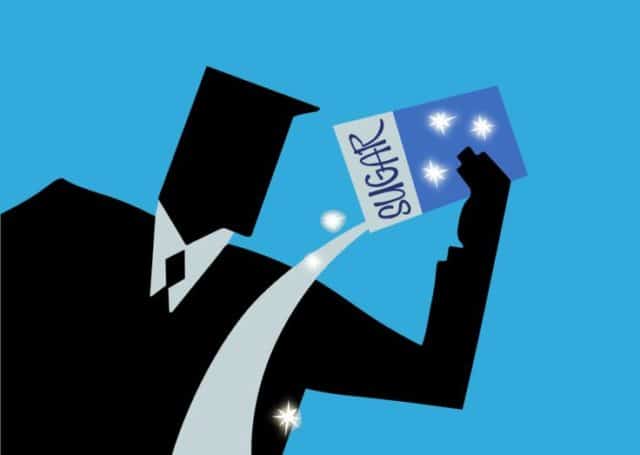
All good things must come to an end, however. Between growing into increasingly “mature” shows, the series’ lackluster movie and the entire network’s millennial slump (before it found a new groove in shows like Steven Universe, Adventure Time and Rick and Morty), I had moved on to bigger and (arguably) better things. The show got canceled and the world kept turning.
Despite this, however, Cartoon Network wasn’t quite done with the Powerpuff Girls yet. A few years back, they revived the franchise into a new series and continued their story for a new generation of cartoon devotees. And by all accounts, it has been a substantial improvement over other, similar revivals that the network has focused their creative energies on (I’m looking at you, Teen Titans Go).
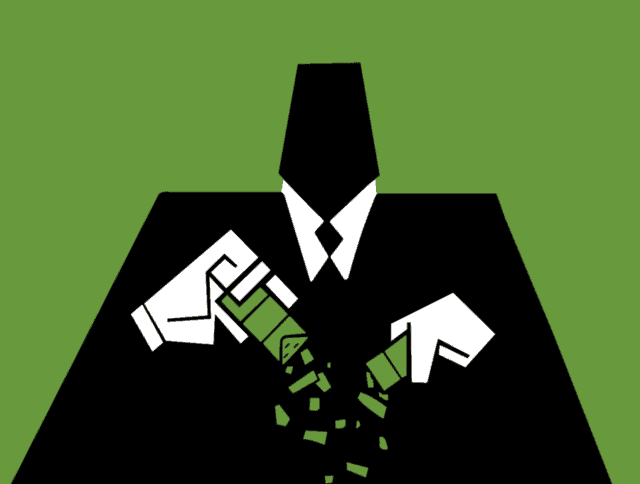
Even people who had lapsed from the franchise — and hadn’t subsequently returned to its latest iteration — found themselves wrapped up in the latest head-line grabbing controversy involving the show. As part of a five-part, movie-like story arc on the series, a new, fourth Powerpuff Girl has been added to the ranks of Blossom, Bubbles and Buttercup. That character is Bliss, who is African-American.
By all accounts, this really shouldn’t be that big of a deal. Shows of all stripes — but especially superhero ones — add new characters all the time. Sometimes its to fill a perceived hole in the current character roster while at other times its to expand on the existing lore of the franchise.
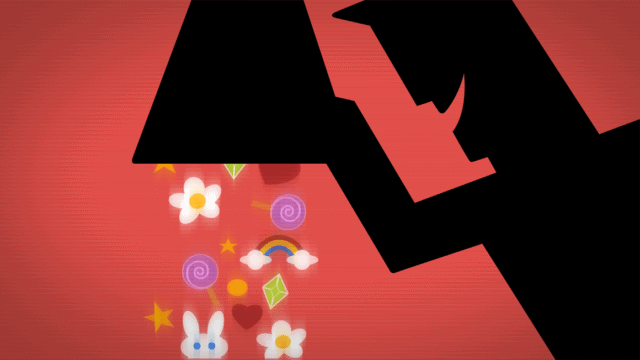
Bliss accomplishes both. She’s a desperately needed shot of color into what has been an overwhelmingly monochromatic narrative since its initial conception and she creates a new an interesting dynamic for the series’ protagonists, which has remained static for more than two decades.
No sooner than Bliss was announced, however, than a lot of new and old fans come out of the woodwork, decrying the ultimate death of the franchise. While some perplexingly bemoaned how “nothing is sacred” anymore — a particularly perplexing precept, as it was always a show about children punching bad guys, themselves often children, in the absurdly named “City of Townsville” — others went straight to the heart of their displeasure: unsurprisingly, that the character was black, in stark contrast to the overwhelmingly Caucasian cast of the series, and the uniform complexion of the titular heroes.
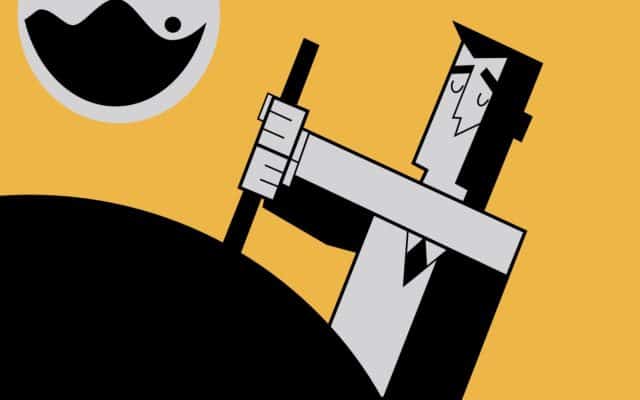
To this first point, there really isn’t much that needs to be said. The series was never intended to be anything “sacred” in the first place. The idea always boiled down to “Superman, but a little girl” and everything about the series — from their origin story to their cutesy visual aesthetic — was designed around that conceit. And even then, this isn’t the first time that they’d added a fourth Powerpuff Girl. In the 200 episode “Twisted Sister,” the girls created another sister, Bunny, and the Rowdy Ruff Boys — one of the girls’ principle antagonists — were created in a manner similar to them (only out of “snakes, snails and puppy dog tails”).
Ostensibly, there is no difference between Bliss and these other Powerpuffs. The girls are made entirely out of whole cloth, using a series of everyday ingredients (plus Chemical X) that can be obtained easily by anybody who cares to seek them out. It is literally nothing that hasn’t already been done (multiple times) on the show before, and in particular in the “classic” series.
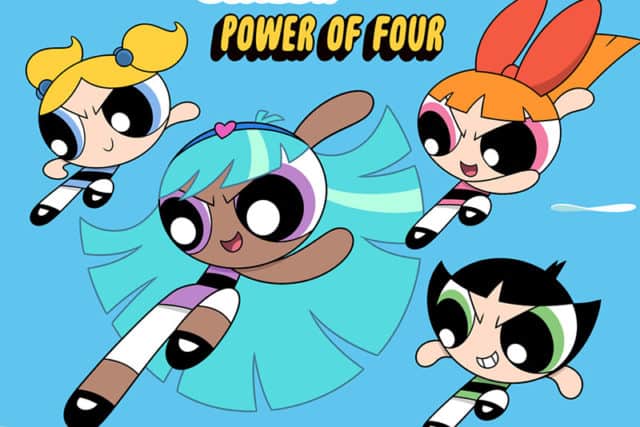
Then there’s the other complaint, which is I think the more serious and disheartening of the bunch. Yes, Bliss is not a white Powerpuff Girl. Whiteness has never been a prerequisite for the characters, barring the most reprehensible interpretation of what the phrase “perfect little girls” means.
There is no reason why there shouldn’t be any number of Powerpuff Girls, of any number of different races, ethnicities and cultural backgrounds. The closer that our media reflects the demographic realities of the world we live in, the better they will invariably the more realistic they will feel and the more that their broad fan bases will feel a part of something bigger than themselves.
I, for one, fully support this new creative direction that the series has taken. Media inclusion is an absolute good in and of itself, and it was handled within the constraints and traditions that the franchise has long since established.
 Follow Us
Follow Us


